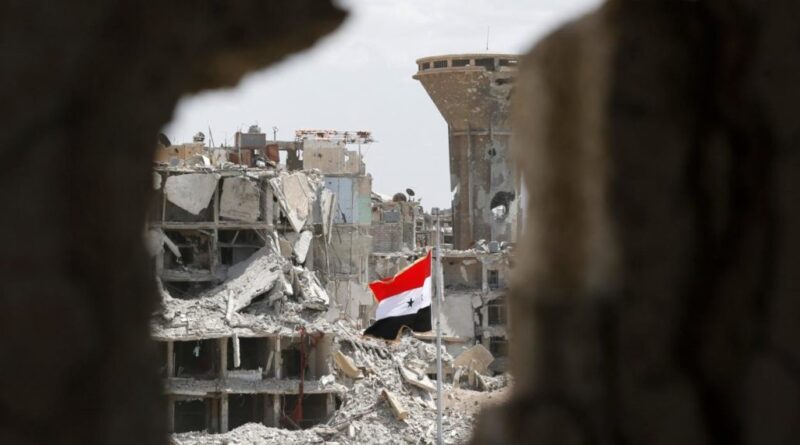Solving the Humanitarian Crisis in Syria Requires a Goldilocks Approach
Ten years after the Arab Spring, Syria is still in the midst of a civil war and shows no signs of slowing down. During the Arab Spring, a series of pro-democracy uprisings across several Arabic-speaking countries, governments across North Africa and the Middle East collapsed and saw regime change. Citizens in Syria became emboldened and sought democratic accountability of their president, Bashar al-Assad.
Syrian protestors called for the removal of Syrian President Bashar al-Assad, but he refused to relinquish power. Instead, Syrian troops opened fire on peaceful protestors, leading to the outbreak of a full-blown civil war. Ten years later, the Syrian civil war shows no signs of ending, and Assad’s regime still holds control of most of the country.
The picture of Syria is grim, and as pointed out during a briefing by the United Nations Secretary-General, António Guterres said, “Syria has fallen off the front page. And yet the situation remains a living nightmare.”
As a result of being caught in the middle of this living nightmare, millions of Syrians have fled their homes, become internally displaced in their own country, and hundreds of thousands have died. These figures do not include the countless number of Syrians who remain illegally detained, disappeared, or living in uncertainty.
Since the outbreak of the Syrian civil war in 2011, American presidents have grappled with how best to deal with the ongoing war. The conundrum has centered on the level of intervention, and what kind of role the United States should play. These questions have become a hallmark of American diplomacy when dealing with the Middle East, a challenge President Biden must now undertake.
Bashar al-Assad’s primary goal throughout the Syrian civil war has been to make the case that he is the only viable alternative to Islamic extremism. In order to achieve this, Assad has launched attacks on moderate rebels and civilians who support them, which in turn empowers terrorist groups in the region such as the Islamic State.
Solving the Syria problem has been reminiscent of Goldilocks and the three bears. President Obama’s Syrian policy was too light in terms of diplomacy and his walking back the “red line” after Assad’s military used chemical weapons in rebel-controlled areas of the Damascus suburbs, killing nearly 1,500 civilians, including more than 400 children.
President Trump took a harder approach and made matters worse by shrinking the U.S. military footprint in Syria when he attempted to withdraw all American troops from the country after being told it would require soldiers to secure Syrian oil fields.
President Biden must now strike the Goldilocks balance between his two predecessors by seeking to achieve small wins through sanctions, no-fly zones, and maintaining a troop presence to play a counterterrorism role.
Maintaining pressure on Assad through the Cesar Act sanctions which were passed last year and target any individual or business making transactions with the Syrian regime. It will be important to isolate Assad’s regime and its key supporters through targeted sanctions in order to avoid punishing or weakening Syrian society.
While sanctions are only one piece of the puzzle, the other component will be working to end the human rights atrocities through the creation of no-fly zones over key parts of the country. NFZs would offer protection from Assad’s regime, which accounts for 75% of civilian deaths since 2014, and be used in high-risk areas where civilians reside. NFZs would also help moderate rebels fight ISIS. Despite Trump’s false claims of ISIS and Al-Qaeda being defeated, it is imperative to maintain the U.S. troop presence in Syria to play a counterterrorism role.
By upholding strict sanctions on Assad’s regime, using NFZs, and working to combat the continued threat of terrorist groups, Biden has the opportunity to send a clear message that Assad’s authoritarian ways will not be tolerated. President Biden may not be able to end Syria’s decade-long civil war, but he can work to protect the Syrian civilian population from experiencing further atrocities.

